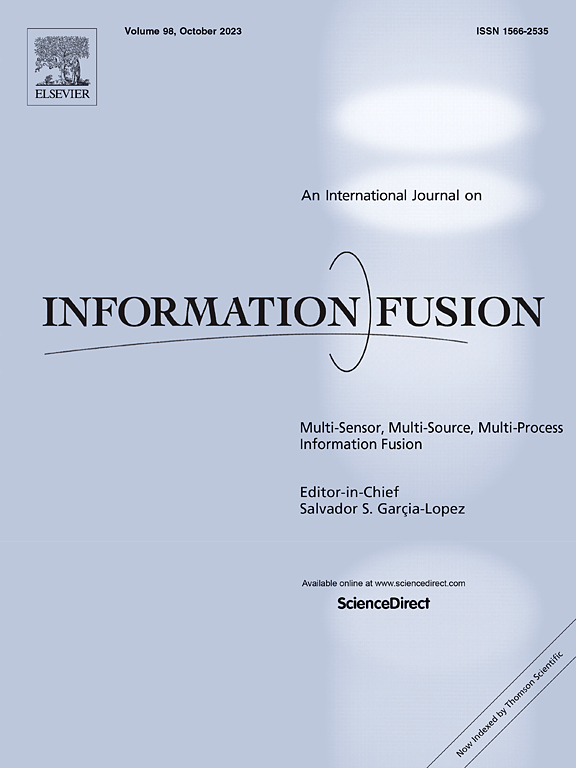iAMeta:利用mllm和信息去偏技术推进多模态隐喻检测
IF 15.5
1区 计算机科学
Q1 COMPUTER SCIENCE, ARTIFICIAL INTELLIGENCE
引用次数: 0
摘要
随着多模态数据的广泛使用,隐喻越来越多地通过图像和文本的结合来表达,从而产生了多模态隐喻检测研究。然而,现有的隐喻分析方法存在上下文信息缺失、信息偏差等问题,影响了隐喻的准确解释。为了解决这些问题,我们提出了一个基于多模态大语言模型的多模态隐喻检测框架iAMeta。该框架引入了一个以对比思维为灵感的知识生成器,实现了隐喻、非隐喻和整体隐喻先验知识的逐步推理。采用基于多任务学习的情感特征控制机制,对先验知识干扰引起的情感偏差进行校正,保证提取的情感特征与原始情感基调一致。此外,引入了一个因果推理框架来减少图像和标签之间的错误关联,进一步增强了模型的泛化能力。实验结果表明,iAMeta在多模态隐喻检测和情感分析任务中都表现出色,在处理讽刺等复杂场景方面表现出色。本文章由计算机程序翻译,如有差异,请以英文原文为准。
iAMeta: Advancing multimodal metaphor detection using MLLMs and information debiasing
With the widespread use of multimodal data, metaphors are increasingly expressed through the combination of images and text, leading to the emergence of multimodal metaphor detection research. However, existing methods face challenges such as missing contextual information and information bias, hindering accurate metaphor interpretation. To address these issues, we propose iAMeta, a multimodal metaphor detection framework based on multimodal large language models (MLLMs). This framework introduces a knowledge generator inspired by contrastive thinking, enabling gradual inference of metaphor, non-metaphor, and overall metaphor prior knowledge. A multitask learning-based sentiment feature control mechanism is employed to calibrate sentimental bias caused by prior knowledge interference and ensure that the extracted sentiment features are consistent with the original emotional tone. Additionally, a causal reasoning framework is introduced to reduce false associations between images and labels, further enhancing the model’s generalization ability. Experimental results demonstrate that iAMeta excels in both multimodal metaphor detection and sentiment analysis tasks and performs well in handling complex scenarios like sarcasm.
求助全文
通过发布文献求助,成功后即可免费获取论文全文。
去求助
来源期刊

Information Fusion
工程技术-计算机:理论方法
CiteScore
33.20
自引率
4.30%
发文量
161
审稿时长
7.9 months
期刊介绍:
Information Fusion serves as a central platform for showcasing advancements in multi-sensor, multi-source, multi-process information fusion, fostering collaboration among diverse disciplines driving its progress. It is the leading outlet for sharing research and development in this field, focusing on architectures, algorithms, and applications. Papers dealing with fundamental theoretical analyses as well as those demonstrating their application to real-world problems will be welcome.
 求助内容:
求助内容: 应助结果提醒方式:
应助结果提醒方式:


